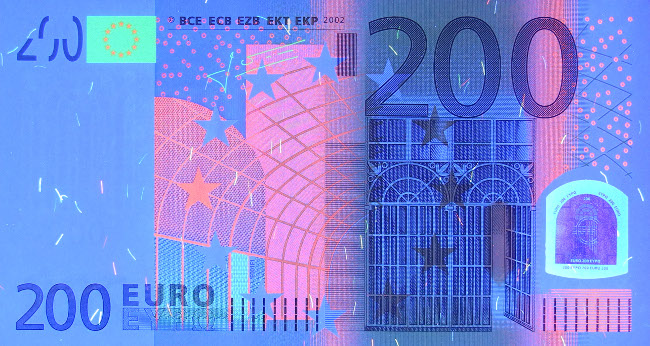Understanding the Risks and Consequences of Ordering Fakes Online
In the age of e-commerce, the web has dramatically altered how consumers shop. While this digital marketplace offers extraordinary convenience and range, it also comes with significant threats, particularly when it pertains to counterfeit goods. This short article explores the world of purchasing fakes online, exploring the factors why individuals do so, the prospective repercussions, and how to make informed purchasing decisions.
The Allure of Counterfeit Goods
Counterfeit goods are frequently appealing due to their considerably lower prices compared to their authentic equivalents. From designer purses and luxury watches to electronics and cosmetics, counterfeit products can imitate the appearance of genuine products carefully enough that they interest an unwary consumer. Some of the primary factors individuals choose to order fakes online include:
Expense Savings: Authentic branded products typically include hefty rate tags. Counterfeit products supply a cheaper option, making luxury products available to a more comprehensive audience.
Fashionable Appeal: Many customers feel the pressure to keep up with patterns. Fakes enable them to take part in fashion or tech trends without the financial burden of purchasing real items.
Absence of Awareness: Not all customers know they are purchasing counterfeit items. Some might erroneously think they are acquiring genuine items at a discount rate.
Low Chances of Detection: The digital market provides a specific level of anonymity for both buyers and sellers, making it much easier for counterfeit goods to be marketed as genuine.
The Hidden Dangers of Buying Counterfeits
While the preliminary appeal of ordering fakes online may be strong, it is important to consider the possible risks and repercussions. The following list lays out the primary dangers connected with acquiring counterfeit items:
Quality Concerns: Counterfeit items often lack the quality that genuine products assure. This might indicate lower sturdiness, safety threats, and even health threats (as seen in counterfeit cosmetics and medications).
Legal Issues: Engaging in the purchase of counterfeit products may result in legal repercussions. Depending upon the jurisdiction, individuals could deal with fines or other penalties for intentionally purchasing counterfeit products.
Financial Loss: While counterfeit items may look like a bargain, buyers typically wind up losing money when these products stop working to carry out. Refunds can be hard to secure, specifically when acquiring from uncontrolled online platforms.
Falschgeld bestellen for Criminal Activity: The counterfeit goods market is often linked to arranged crime, putting money into illegal ventures and weakening the economy by affecting authentic organizations.
Unfavorable Environmental Impact: Counterfeit production frequently takes place in uncontrolled environments that do not adhere to environmental requirements, therefore adding to contamination and waste.
Identifying Counterfeit Products Online
To mitigate the risks connected with buying fakes, it's vital to understand how to identify genuine items when going shopping online. Here are some ideas for identifying counterfeit goods:
Tips for Identifying Counterfeit Products:
Purchase From Reputable Retailers: Always buy from widely known and credible sellers. This helps make sure the authenticity of the items.
Research the Brand: Familiarize yourself with the brand name's official website. This can provide you insight into current items, pricing, and licensed retailers.
Inspect Product Details: Look for disparities in product descriptions, images, and product packaging. Genuine items usually have specific functions or markings that counterfeit versions might do not have or misrepresent.

Read Reviews: Customer reviews can offer important insight. Search for feedback relating to product authenticity and quality.
Major Price Discrepancies: If an offer appears too great to be true, it most likely is. Beware of products listed at substantially lower costs than their retail value.
Trust Your Instincts: If something feels off about a website or item, trust your gut and avoid completing the purchase.
The Legal Landscape Surrounding Counterfeit Goods
As the problem of counterfeiting continues to rise, governments worldwide are taking measures to attend to the issue. Various laws are in location targeted at combating counterfeit goods. Here are some essential legal elements to comprehend:
Copyright Laws: Companies hold trademarks and copyrights for their logos and designs. Buying counterfeit products can infringe on those rights, leading to possible legal action against the buyer.
Consumer Protection Laws: Certain jurisdictions have laws protecting consumers from fraudulent sales practices, consisting of the sale of counterfeit items. These laws can enforce charges on sellers.
Online Marketplace Regulations: Many popular online markets have guidelines and policies to prohibit the sale of counterfeit items. It's vital for customers to understand these policies before buying.
Conclusion
Purchasing fakes online might look like a fast and easy method to save money or keep up with patterns, however the concealed threats and repercussions are substantial. From quality concerns and monetary losses to legal effects and ethical issues, the decision to purchase counterfeit goods requires cautious idea.
For those wanting to shop responsibly, taking the time to research items, acknowledge quality indications, and pick trusted sellers can help fight the temptation of counterfeit items. Eventually, making informed purchasing choices benefits not simply the individual customer but likewise the more comprehensive market economy.
Frequently Asked Questions about Ordering Fakes Online
Q1: Is it illegal to buy counterfeit goods?
A: While laws vary by country, buying counterfeit products can cause legal consequences, especially if you knowingly buy them.
Q2: How can I tell if an online seller is offering counterfeit products?
A: Look for seller evaluations, inspect their return policy, and research study the products thoroughly. Beware of prices that appear too great to be true.
Q3: What should I do if I inadvertently buy a counterfeit item?
A: Contact the seller to ask for a refund. If you encounter troubles, you might need to report the concern to your payment provider and regional customer defense agency.
Q4: Are counterfeit items harmful?
A: Yes, many counterfeit products-- particularly cosmetics and electronics-- can pose security and health dangers due to poor materials and producing requirements.
By being vigilant and notified, consumers can prevent the mistakes associated with ordering fakes online and, while doing so, assistance genuine brands and a healthy marketplace.
